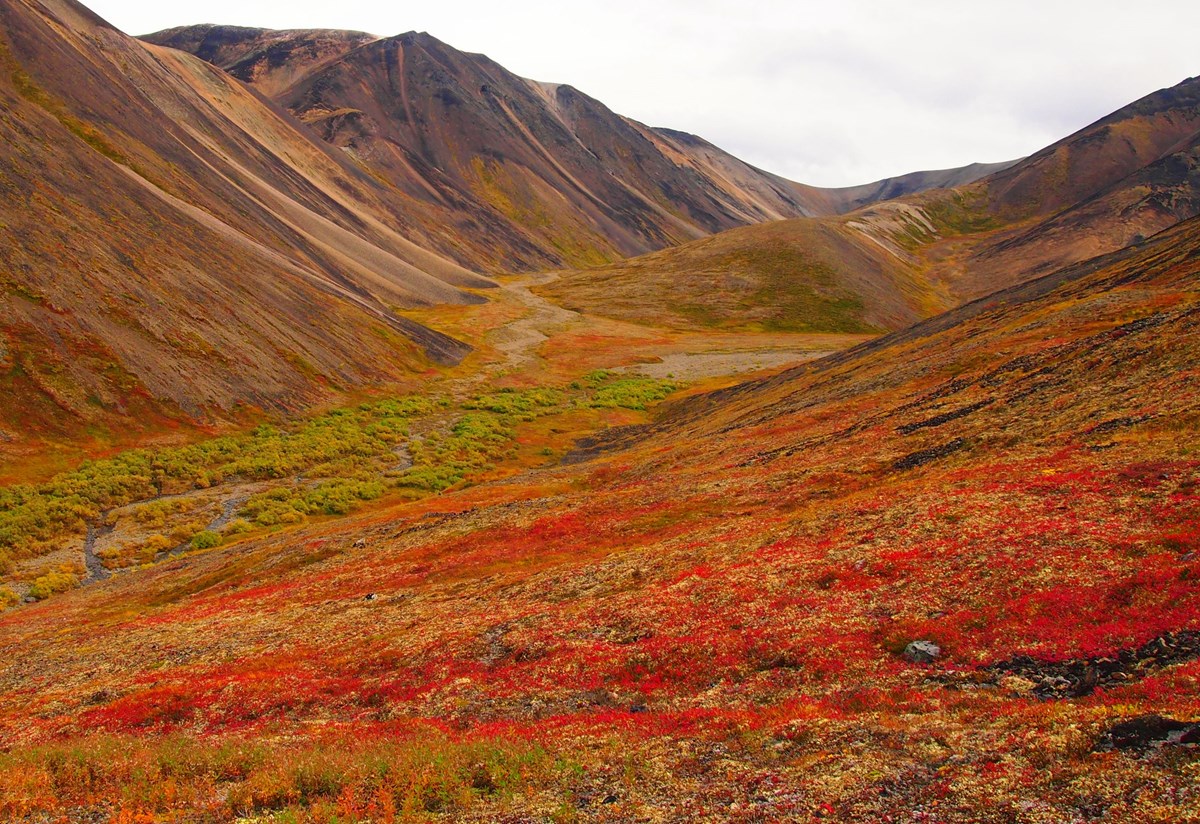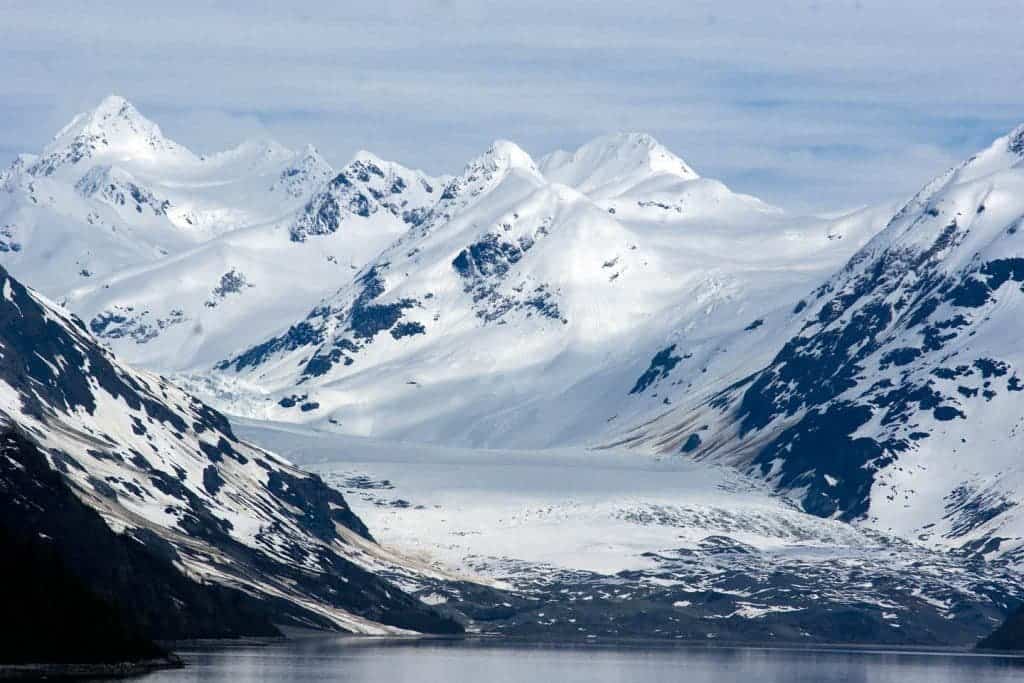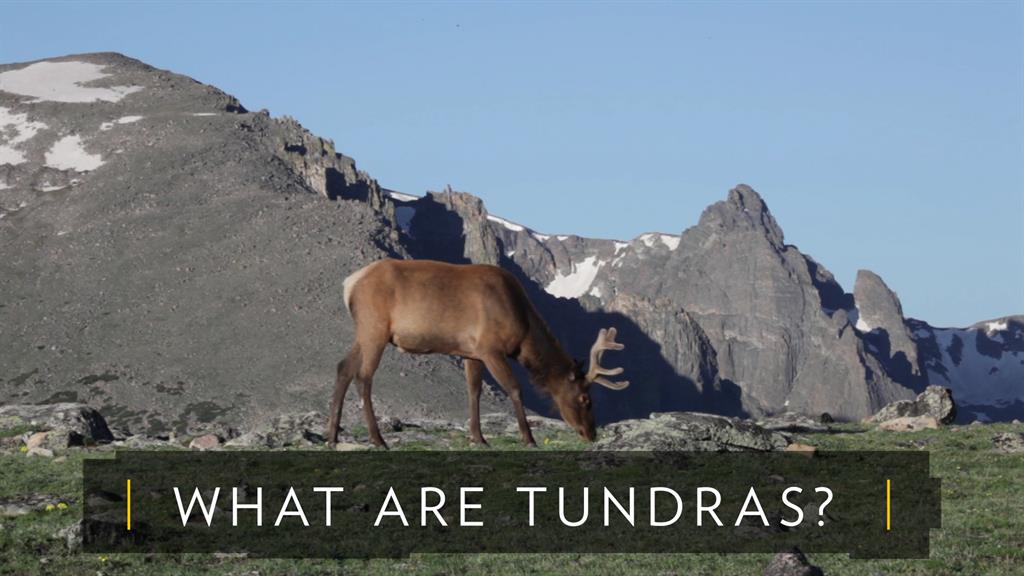- Tundra ecosystems are treeless regions found in the Arctic and on the tops of mountains, where the climate is cold and windy, and rainfall is scant.
- Mountain goats, sheep, marmots, and birds live in mountain—or alpine—tundra and feed on the low-lying plants and insects. Hardy flora like cushion plants survive in the mountain zones by growing in rock depressions, where it is warmer and they are sheltered from the wind.
- An icy expanse of Arctic Ocean surrounds the snow-flecked bluffs of Beechey Island in the Northwest Territories of Canada. The Arctic is the smallest and shallowest of the world’s five oceans.
- The Arctic tundra, where the average temperature is -30 to 20 degrees Fahrenheit (-34 to -6 degrees Celsius), supports a variety of animal species, including Arctic foxes, polar bears, gray wolves, caribou, snow geese, and musk oxen. The summer growing season is just 50 to 60 days, when the sun shines up to 24 hours a day. The Arctic tundra is changing dramatically due to global warming, a term that falls within a wider range of trends scientists now prefer to call climate change.
- The Arctic’s permafrost (Permafrost is any ground that remains completely frozen), the literal foundation for much of the region’s unique ecosystem, is deteriorating with the warmer global climate. Permafrost is a layer of frozen soil and dead plants that extends some 1,476 feet (450 meters) below the surface. In much of the Arctic, it is frozen year-round. In the southern regions of the Arctic, the surface layer above the permafrost melts during the summer, and this forms bogs and shallow lakes that invite an explosion of animal life. Insects swarm around the bogs, and millions of migrating birds come to feed on them.



(Images/video taken from google/IE)

Leave a comment